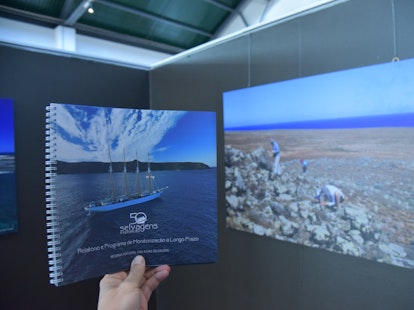In this article we present the objectives, scope of work and results of the ground water contamination assessment conducted by SGS team for a major petrochemical complex located in Jubail, KSA.
Background information
A petrochemical complex located in Jubail Industrial City is focused on complying with the KSA environmental regulation i.e., Royal Commission Environmental Regulations (RCER-2015).
In line with the guidelines of RCER, the petrochemical complex previously installed 51 groundwater monitoring wells. Of these, nine (9) monitoring wells detected groundwater contamination containing substances such as TOC, ammonia, phenol, sulphide, and benzene.
This necessitated an investigation, assessment, and monitoring process that incorporates standard risk assessment and mitigation principles. SGS conducted a detailed groundwater contamination Investigation to delineate the detected contamination on the site.
Client’s objectives
The objectives of the investigation were as follows:
- To define the vertical and horizontal extent of contamination above the threshold limits of the Facility's Approved Baseline or RCER-2015/2020 regulatory criteria within soil and groundwater.
- To identify the sources, pathways, and receptors (in the form of a Conceptual Site Model) that may exist and potentially impact soil or groundwater contamination originating from the site. This includes the identification of contamination sources and their spread rates within the petrochemical complex, as well as demarcating the groundwater contamination percolation rate.
- To assess the aquifer and determine the velocity of groundwater penetration, along with the delineation of contamination sources in the project area.
The challenge
RCER regulates all environmental parameters for Jubail Industrial City, encompassing air, soil, and water matrices. The site is situated on reclaimed land, where fine sand has been deposited in the Persian Arabian Gulf.
Due to the site's proximity to the sea, it was assumed that the tidal effect might influence the groundwater level of the site, potentially contributing to the dispersion of contamination over a wider area.
Solutions offered and milestones achieved
SGS conducted the soil and groundwater investigation in accordance with the Royal Commission Environmental Regulations (RCER-2015) Standards and relevant ASTM guidelines, such as the "Standard Practice for Environmental Site Assessment: Phase II Environmental Site Assessment Process" (E1903 ASTM standard) and the "Standard Guide for Developing Conceptual Site Models for Contaminated Sites" (E-1689 ASTM Standard), where applicable in KSA.

A reconnaissance survey was carried out to gather basic information about the processing plant, storage tanks, past literature, and field data necessary for the investigation.
As per the client's requirements, groundwater wells were continuously monitored for 45 days using data recorders, and groundwater levels were continuously recorded in all selected wells. During the survey, the SGS team visited the monitoring wells and potential contamination sources within the facility and nearby water treatment plants.
Data recorders were installed in the wells to observe water levels, conduct permeability tests, determine percolation rates, and assess velocity.
Based on the data collected, geogenic factors such as atmospheric temperature, rainfall, surface water bodies, tidal effects on the first aquifer, and anthropogenic activities were reviewed and modelled. Groundwater flow velocity, transmissivity, and storage coefficient were then calculated based on the modelled data.
Key findings and achievements
A comparative analysis of continuous groundwater levels and tidal data over a 2-month period revealed no established link between tidal fluctuation and groundwater levels. A contoured model of the groundwater level for the years 2019, 2021, and 2022 indicated that groundwater is infiltrating the site from the southern side of the plant and dispersing towards the north, east, and west. Groundwater direction appeared to be primarily from the southern side, possibly due to infiltration from the main intake or stormwater intake from the south.
Groundwater was delineated for the presence of inorganic and organic contamination. One monitoring well was found contaminated with TOC during historical and present assessments, possibly due to contamination from a nearby plant. Another monitoring well was heavily contaminated with hydrocarbons, including TOC, Benzene, Toluene, Ethylbenzene, and NH3, with benzene being the major component. There was no suspicion of caustic leaks as the pH of the water was found to be normal (pH is 6.71 and 7.12). The contamination from the nearby plant may have been the source of organic contamination.
Based on the analytical results, a conceptual site model (CSM) that outlines the process-specific linkage of source-pathway-receptor (SPR) was prepared and presented. The CSM aids in visualizing the interaction between site-specific sources and their receptors.
About SGS
We are SGS – the world’s leading testing, inspection and certification company. We are recognized as the global benchmark for sustainability, quality and integrity. Our 98,000 employees operate a network of 2,650 offices and laboratories, working together to enable a better, safer and more interconnected world.
Plot # 04, Sector 24,
Korangi Industrial Area, Near Shan Chowrangi, 74900,
Karachi, Pakistan



